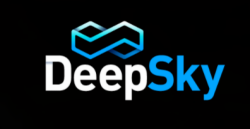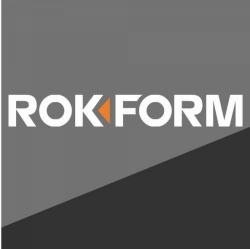MAP Presidential Award Winner Spotlight – SitusAMC
In June 2019, two companies merged to form SitusAMC, the industry leading provider of commercial and residential real estate finance technology and services. Little did they know, there were months away from a global pandemic that would create one of the most turbulent real estate landscapes in recent history.
Prashant Kothari’s company, String Real Estate Information Services, was acquired by SitusAMC around the time of the merger. He is now Managing Director of a new division of SitusAMC that employs a global team to provide title production solutions for the US real estate market. In a conversation with Kothari and SitusAMC’s Global Head of Marketing, Andy Garrett, we learn how they not only stayed afloat, but thrived through the pandemic, expanding their global footprint and workforce from 1,500 to more than 7,000 employees.
Q: What have been the biggest challenges you have faced due to the pandemic?
A (Kothari): When lockdown happened in India, where a large portion of my production team is stationed, we had to switch to remote work at a massive scale, which had never been done before. At that time, we had 1,000 employees at three separate locations traveling to the office each day. We knew that we had to act fast. A strong company culture, which is a direct benefit of the MAP Management System™, along with a herculean effort by our IT teams, allowed us to become 90% operational in just one week as we moved from office to remote.
Because of the pandemic and moves by the Fed, mortgage rates fell to historic lows, resulting in an upsurge in mortgage origination and refinance activity, which meant increased volume from our clients. Our team was able to stay focused and productive through the changes and support our clients’ needs.
 A (Garrett): There was a massive amount of market volatility… interest rates, policy changes, shifts in consumer behavior, etc. Clients needed agile partners. We stayed in near-constant contact with clients in order to keep our finger on the pulse of the market. This allowed us to understand and anticipate the needs that were out there and shift our resources to better support our clients.
A (Garrett): There was a massive amount of market volatility… interest rates, policy changes, shifts in consumer behavior, etc. Clients needed agile partners. We stayed in near-constant contact with clients in order to keep our finger on the pulse of the market. This allowed us to understand and anticipate the needs that were out there and shift our resources to better support our clients.
The pandemic also made our clients’ profitability more important than ever. It narrowed their focus which allowed us to strategically assess what value we were delivering and how that directly affects their bottom line.
Lastly, although we were very effective in the physical shift of our teams from office to remote, we had to consciously address the human aspect of the mental shift and create an even more solid human-centric approach to supporting our employee base mentally and emotionally.
Q: How did the MAP Management System™ and your MAP Consultant Lee Froschheiser help you navigate this time of major disruption?
A (Kothari): My former company, String Real Estate Information Services, had been using the MAP Management System™ since 2012. Once we became a part of SitusAMC, we already had the MAP system of discipline and accountability – the Vital Factors & Goals, the monthly Vital Factor meetings – embedded within the entire company. This helped our team stay focused throughout the acquisition and the pandemic. Everybody at String had a vital factor – even entry-level employees – and our consultant Lee Froschheiser ensures that these vital factors and relevant goals are tied to business outcomes.
Q: What’s the best advise you can provide to other leaders wanting to grow their companies like SitusAMC?
A (Garrett): The best thing a leader can do is listen – to their clients, to their teams, and to other leaders in their organization. Listen, learn and take action on what they want and need. Before making decisions – both big and small – let people be heard.
A (Kothari): It’s difficult for me to encapsulate all my advice in 30 seconds but I’ll take a shot. As the CEO of a company, your #1 job is to set a long-term vision for the company and lead the team towards that vision. In doing so, I would ask myself these questions 1) How can break up the long-term into short-term goals? 2) Why is each goal vital? 3) What is the specific, measurable outcome for each goal? 4) Finally, do I have a system of shared accountability within the company?



